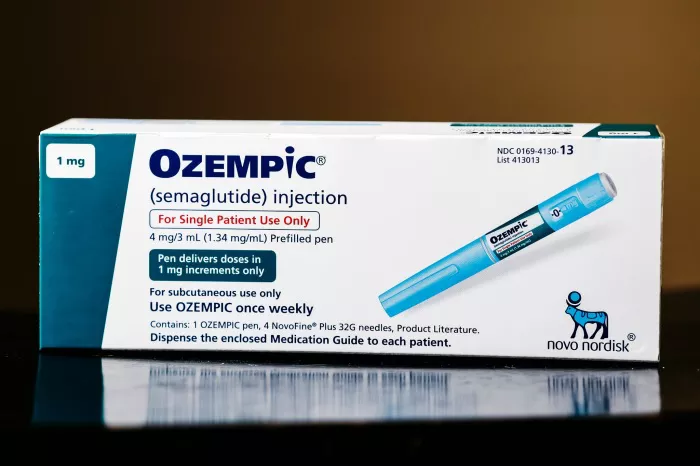Scars, though emblematic of the body’s remarkable healing prowess, often lead individuals on a quest for the perfect remedy to minimize their visibility. In this comprehensive exploration, we delve into the realm of scar healing creams, seeking to answer the pivotal question: What cream is best for healing scars? The market is inundated with a myriad of options, each claiming to possess unique properties for scar improvement. Our journey takes us through the science of scar healing, the key ingredients in effective creams, and the considerations that guide individuals in selecting the optimal cream for their unique scar healing needs.
Understanding the Science of Scar Healing
The Dynamic Process of Scar Formation:
Before delving into scar healing creams, it’s crucial to understand the intricate process of scar formation. Scars emerge as a result of the body’s response to injury, involving inflammation, tissue repair, and remodeling. The type and extent of the wound, along with individual factors, contribute to the unique characteristics of each scar. Effective scar healing involves modulating these processes to achieve optimal outcomes.
Types of Scars:
Scars come in various forms, including normal or mature scars, hypertrophic scars, and keloid scars. Normal scars represent the body’s successful completion of the healing process, while hypertrophic and keloid scars involve excessive collagen production, leading to raised and potentially more pronounced scars. The type of scar influences the approach to healing and the choice of creams.
Key Ingredients in Scar Healing Creams
Silicone: The Gold Standard:
Silicone stands out as the gold standard in scar healing. Widely recognized for its efficacy, silicone helps create a protective barrier over the scar, modulate collagen production, and maintain an optimal healing environment. Silicone-based creams, sheets, and gels are staples in scar management, contributing to improved scar texture and appearance.
Vitamin E: Antioxidant Support:
Vitamin E, celebrated for its antioxidant properties, is a common ingredient in scar healing creams. It aids in neutralizing free radicals, supporting collagen synthesis, and promoting overall skin health. While the effectiveness of vitamin E in scar healing is debated, its presence in creams adds an element of antioxidant support.
Allantoin: Skin Conditioning Agent:
Allantoin, derived from the comfrey plant, serves as a skin conditioning agent in scar healing creams. It promotes skin softness, aids in cell proliferation, and contributes to a smoother texture. Creams containing allantoin may enhance the overall feel of the scarred area, potentially reducing discomfort.
Onion Extract: Scar Reduction Properties:
Onion extract, known for its scar reduction properties, is another ingredient found in some scar healing creams. It is believed to inhibit collagen overproduction, potentially minimizing hypertrophic and keloid scarring. While research on onion extract is ongoing, its inclusion in creams aligns with its historical use in scar management.
Hydrocortisone: Anti-Inflammatory Action:
Hydrocortisone, a mild corticosteroid, is sometimes incorporated into scar healing creams for its anti-inflammatory properties. It helps reduce inflammation, itching, and redness at the scar site. However, prolonged use of corticosteroids requires caution due to potential side effects, emphasizing the importance of professional guidance.
Alpha Hydroxy Acids (AHAs): Exfoliation and Renewal:
Alpha hydroxy acids, such as glycolic acid, contribute to exfoliation and renewal of the skin. Scar healing creams with AHAs aim to promote the shedding of old, scarred skin cells, revealing fresh, new skin. This mechanism can enhance the overall texture and appearance of scars.
Considerations in Selecting Scar Healing Creams
Type of Scar: Tailoring the Approach:
The type of scar plays a pivotal role in determining the most suitable cream. Silicone-based creams are versatile and effective for various scar types. For hypertrophic and keloid scars, creams with specific scar reduction agents like onion extract may be considered. Tailoring the approach based on the scar’s characteristics enhances the likelihood of positive outcomes.
Skin Sensitivity: Patch Testing and Allergies:
Skin sensitivity varies among individuals, necessitating caution when introducing new creams. Patch testing is advisable to assess the skin’s reaction to the cream. Some individuals may be sensitive to certain ingredients, emphasizing the importance of checking for potential allergies before incorporating a scar healing cream into the routine.
Consistency and Compliance: Regular Application Matters:
Consistency in application is a key factor in the effectiveness of scar healing creams. The regular and diligent application of the chosen cream contributes to sustained improvement. Compliance with the recommended usage instructions ensures that the cream can exert its full potential in supporting the scar healing process.
Professional Guidance: Expert Advice Matters:
Seeking professional guidance is invaluable in the selection and use of scar healing creams. Healthcare professionals, including dermatologists and plastic surgeons, can assess the specific characteristics of the scar, provide personalized recommendations, and monitor progress. Their expertise enhances the overall approach to scar management.
Popular Scar Healing Creams on the Market
Mederma:
Mederma, a well-known brand in scar management, offers a range of products, including Mederma Advanced Scar Gel. This gel contains onion extract and allantoin, aiming to reduce the appearance of scars. Regular application is recommended for optimal results.
ScarAway:
ScarAway, available in various formulations, utilizes silicone technology to create an optimal healing environment for scars. The ScarAway Silicone Scar Sheets are designed for easy application and are suitable for different types of scars.
Bio-Oil:
Bio-Oil, although not exclusively marketed for scars, is a popular skincare product that contains a blend of vitamins and plant extracts. It is known for its hydrating properties and is used by some individuals to improve the appearance of scars.
Kelo-Cote:
Kelo-Cote, a silicone-based scar gel, is designed to create a protective barrier over scars. It is intended for use on both old and new scars, promoting overall scar management.
Cica-Care:
Cica-Care Silicone Gel Sheets are formulated to aid in scar reduction. The sheets are self-adhesive and can be cut to fit the size of the scar, providing a convenient and targeted application.
Conclusion
In conclusion, the quest for the ideal cream for healing scars involves a nuanced understanding of scar formation, key ingredients in effective creams, and individual considerations. While no cream can completely erase a scar, the right formulation can significantly improve its appearance and texture. Silicone-based creams, enriched with ingredients like vitamin E, allantoin, and onion extract, stand out for their versatility and proven efficacy.
Selecting the best cream for scar healing requires a tailored approach based on the type of scar, individual skin sensitivity, consistency in application, and professional guidance. Nurturing the healing process with the right cream is a collaborative effort that empowers individuals on their journey to optimal scar outcomes. Embracing the unique characteristics of each scar and adopting a comprehensive approach to scar management contribute to fostering skin health and resilience.
[inline_related_posts title=”You Might Be Interested In” title_align=”left” style=”list” number=”6″ align=”none” ids=”3609,3606,3544″ by=”categories” orderby=”rand” order=”DESC” hide_thumb=”no” thumb_right=”no” views=”no” date=”yes” grid_columns=”2″ post_type=”” tax=””]
































